Protests against the lack of socioeconomic diversity on campus continued throughout the day on Saturday, as students worked to alert alumni visiting campus of the lack of socioeconomic diversity at the college.
The first action of the day took place when First Generation & Working Class students distributed pamphlets explaining theirs goals and what different members of the Whitman community could do to take action.

Students hoped to be able to distribute the pamphlets during the March of the Classes, when alumni marched across campus. While this was scheduled to begin at 10:30, its time was shifted forward significantly, and activists only managed to catch up when it reached its final destination at Cordiner Hall.
Alumni’s responses to fliers varied, with many expressing support for students and frustration at the lack of diversity on campus.
“It think [the administration has] done a better job with this than with some other things issues that have come up over the last year, I think they’ve been more proactive about posting comments and sharing e-mails, but saying you’re going to do something and then actually doing it is very different and I’m a believer in action. We need to see the change, we need to see steps taken,” said Samantha Howell ’04.
Other alumni feel socioeconomic diversity was not a serious problem, and other schools faced the same challenge. Some felt there were other problems the college needs to address.
“I think the solution, in all seriousness, is the school has to find a way to cut the cost [of tuition] by ten grand,” said Steve Enfield ’83. “If they don’t learn how to cut their cost, they’re going to implode, as are many other colleges, because the price-tag for college has gotten way too high to be affordable.”
Protesters feel the college’s response to the frustration of students, staff, faculty and alumni has been inadequate. The administration has put forward several statements over the last several days, claiming to remain committed to diversity and offering statistics which contest whether Whitman is less diverse than other schools. While the administration and Board of Trustees may consider changes in the coming months, no concrete policies have been announced thus far.
Update:
Protests continued Saturday afternoon, as a group of students visited alumni luncheons and approached groups of alumni to perform a skit and offer cupcakes. Sophomore Gus Coats, dressed as Queen Marie Antoinette of 18th century France, sarcastically portrayed the administration’s response to anger among students, faculty, staff and alumni.

After introducing himself as the Queen, Coats reassured alumni to not be concerned about the college’s lack of diversity as someone was thinking about considering a solution sometime in the indefinite future. He then went on to list all the categories Whitman does not discriminate against, noting that class is not on the list. This is in reference to the college not having a need-blind admissions policy. While many other colleges do not consider students’ wealth when deciding on admissions, Whitman takes into consideration whether students would be able to pay without significant financial aid, and at times chooses not to admit those with less financial resources.
“This is [to address] the administration’s response, or lack of response, so far,” said Coats. “We want a response [to lack of diveristy] that’s more than just trying to save face, because Whitman’s more than just a brand.”
Protesters expressed anger at what they perceive as the administration’s dismissive attitude towards student protest. They felt the college’s responses have been aimed at handling the college’s publicity and limiting damage to public relations, instead of actually admitting to a problem with diversity and taking action to fix it. They hoped the ridiculousness of their actions would help start conversations between students and alumni about what can be done to create substantive change.
“We’re poking fun at it to show how it’s not hard or scary to discuss,” said Coats. “We need to be direct and establish that students are thinking about this…We aim to establish a connection between students and alumni.”
Correction: This post has been updated to fix the misspelling of Cordiner Hall.
Originally, this article incorrectly attributed the quote by Samantha Howell, ’04, to Annie Batie, ’04.






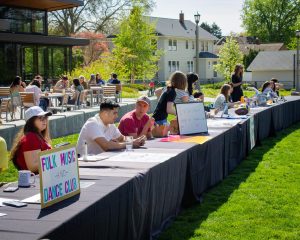

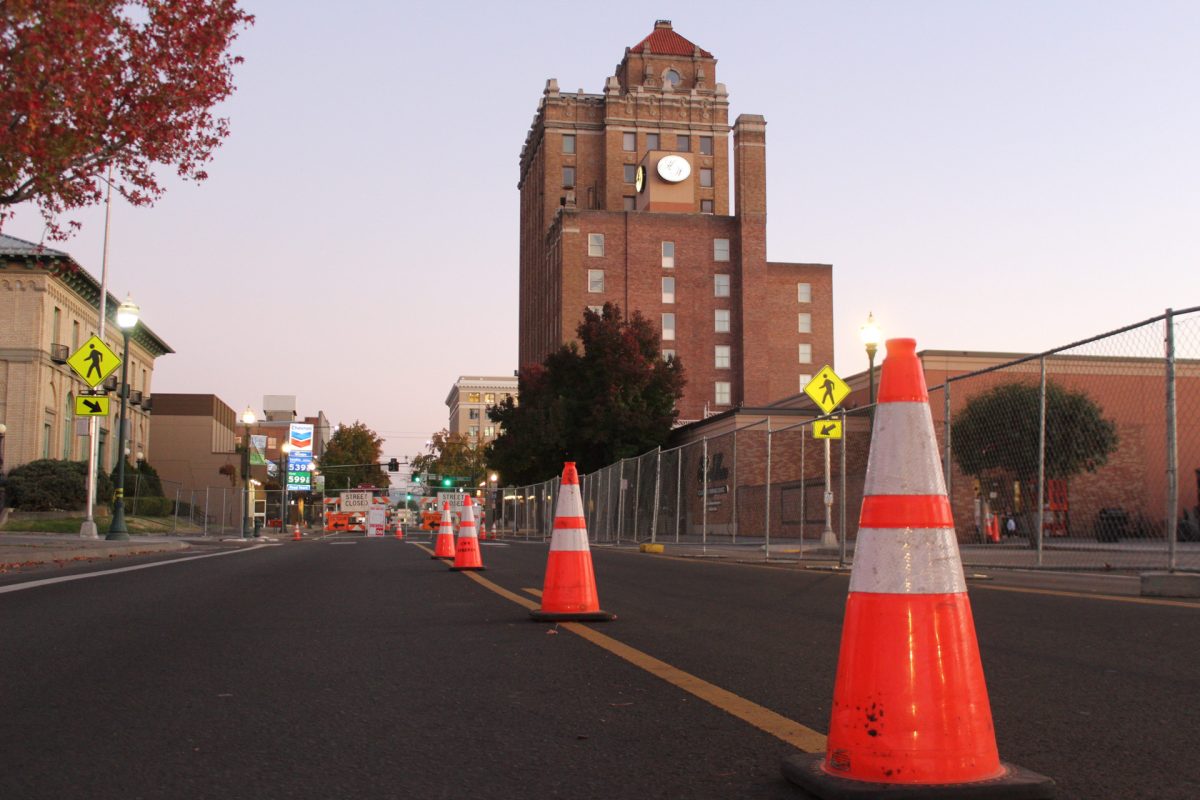
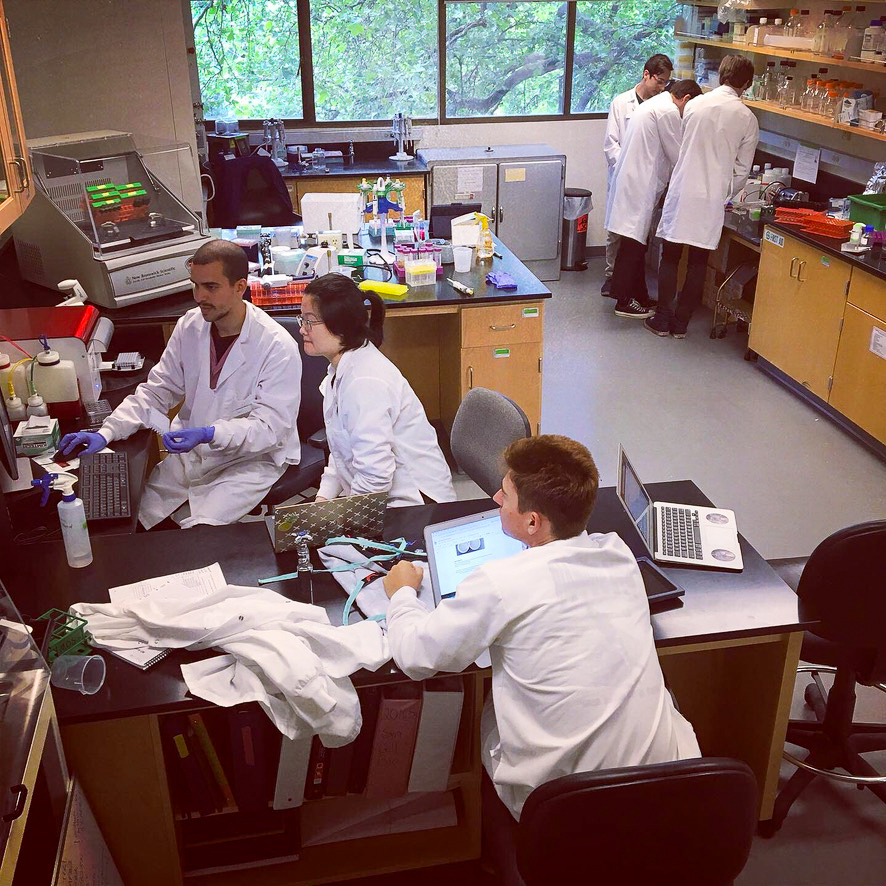



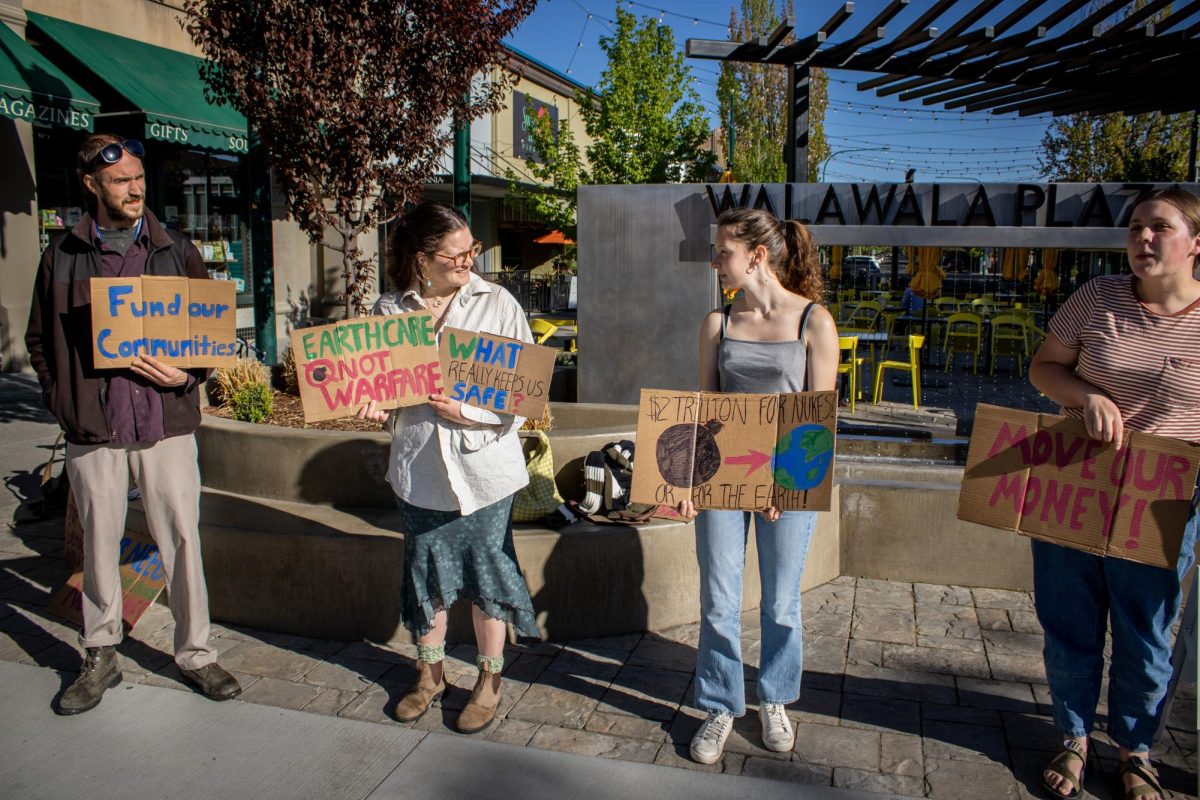
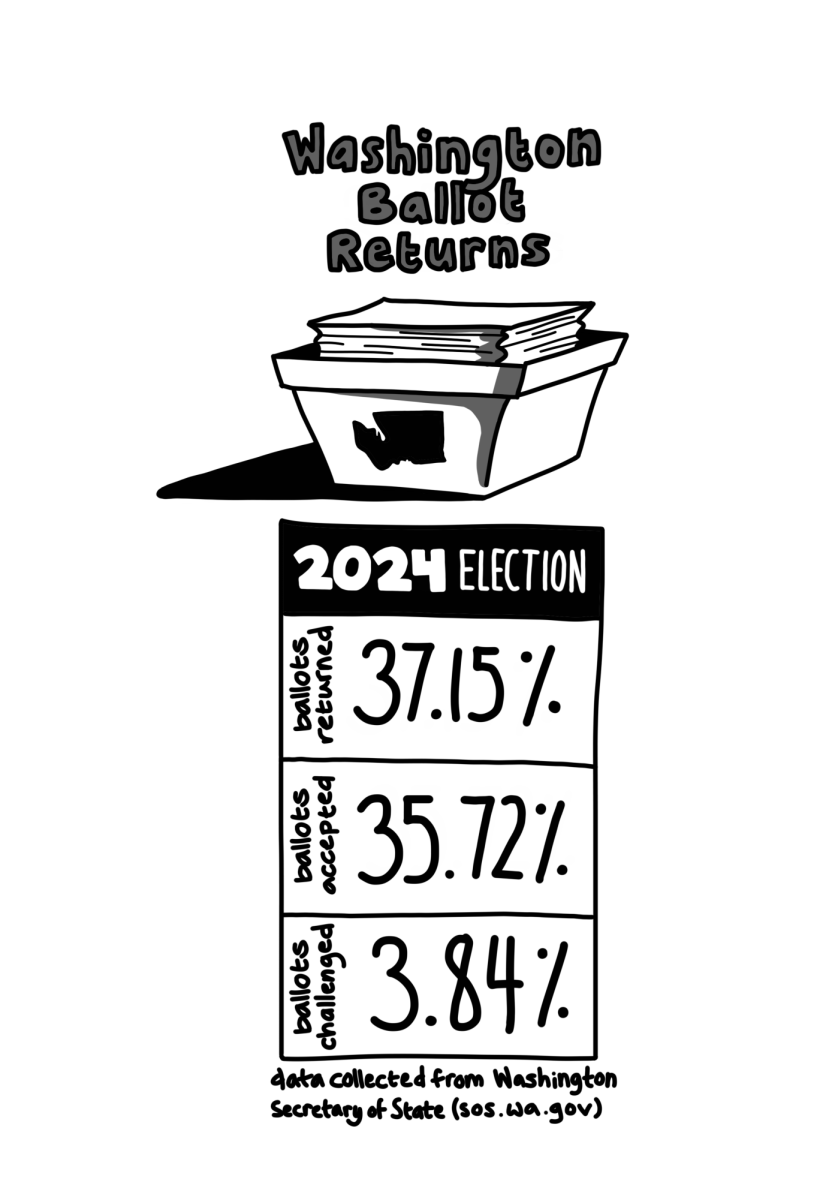
Gillian Gray • Sep 24, 2014 at 9:18 pm
A need-blind policy attracts socioeconomic diversity in itself. When I was applying to college, I attended conferences specifically for low-income students, and what I was repeatedly told by admissions officers from a variety of schools was to apply to need-blind colleges and/or colleges that meet 100% of demonstrated need. I am certain that this is a common message for low-income students. It was by chance that I even applied to Whitman, and the fact that I am able to attend (barely able, if I am being honest) proves that there is significant financial aid available to some students who need it. But given what I was advised to look for in a school, Whitman’s image was not inviting to me — I did not even seriously consider the school until I received my financial aid package and realized there was a possibility for me to attend. What I am saying is, I am grateful for what Whitman has given me, but the school needs improvement if diversity is a serious concern. Students and alumni seem to be leaning towards making socioeconomic diversity a priority, and a need-blind policy would help attract a wider range of students. I have also heard that most of Whitman’s admissions process works in a similar way to that of a need-blind process — so why not take it a step further and identify as need-blind, and attract a more diverse pool of applicants? No, it will not solve all of our problems. Yes, if Whitman does commit to increasing socioeconomic diversity, it will require some trade-offs, given the nature of socioeconomic diversity (which costs more to bring to a campus than other forms of diversity) and the limited funds available. As a person coming from a low-income background, I know about trade-offs. Not everyone may agree with me, but I would certainly not mind giving up some of the expensive perks that come with living here (many of which seem gratuitous to me anyway) in order to have some more people to relate to. Also, I completely agree with the point Mike raises (previous comment) — being need-blind and having a guarantee to meet 100% of demonstrated need may be difficult to offer together, as another previous poster mentioned, but that does not mean Whitman should do neither. I believe that a need-blind policy would be the more practical and feasible of the two. Besides, our FGWC pamphlet did outline many other goals (besides returning to need-blind) that I firmly support and believe will help with the issue of socioeconomic diversity. I also would like to say that I am very appreciative of President Bridges’ acknowledgement of our cause during alumni convocation, which I heard about after the fact. Also, this comment reflects only my beliefs, and I do not speak for any other member of FGWC or for other protesters who feel differently than I do.
Mike, parent & alum • Sep 22, 2014 at 9:25 am
This is a tough issue. If you start with the assumption that the financial aid budget has a cap, and you offer significant financial aid to lower income students to increase economic diversity, then the middle-income student is squeezed out and you have a u-shaped curve. A campus dominated by the extremes of upper income and lower income students would certainly be a more diverse campus, but I’m not sure the current sense of community would continue. So how does the administration achieve a middle ground?
Since Whitman doesn’t guarantee to meet 100% of demonstrated need, why can’t they practice need-blind admission and offer the same total amount of aid? Wouldn’t that provide more opportunity to shape the class they want – and at least give those other students a chance to attend if they attract outside scholarships?
BlindAboutNeedBlind • Sep 22, 2014 at 9:18 am
Those who are advocating Whitman “go need blind†as the only answer have no clue of the financial implications, they just think it sounds like a good thing to do. Only 6 colleges are fully need blind AND can cover 100% financial need (as you might guess, they have lots of $ in endowments and no trouble raising more). The other colleges that practice a form of need-blind do not cover 100% of financial need for all who need it and have restrictions.
Some info: “Need-blind admission does not necessarily mean a “full-need†financial aid policy—where the school agrees to meet the full demonstrated financial need of all its admitted students. Indeed, the two policies can be in tension because need-blind admissions and full-need financial aid together commit the school to spend an undetermined amount of money regardless of other budgetary constraints.†(Look up “need blind†on Wikipedia)
So, as one poster above asked: what would you like to give up to cover the unexpected fluctuations in tuition revenue that would come from one year to the next? The fact is, you will always need some paying customers to help offset those who cannot pay, and that’s not an uncommon practice.
(PS- not sure why this comment was deleted the first time, perhaps because it doesn’t align perfectly with your message?)
BlindAboutNeedBlind • Sep 21, 2014 at 8:49 pm
Those who are advocating Whitman “go need blind” as the only answer have no clue of the financial implications, they just think it sounds like a good thing to do. Only 6 colleges are fully need blind AND can cover 100% financial need (as you might guess, they have lots of $ in endowments and no trouble raising more). The other colleges that practice a form of need-blind do not cover 100% of financial need for all who need it and have restrictions.
Some info: “Need-blind admission does not necessarily mean a “full-need” financial aid policy—where the school agrees to meet the full demonstrated financial need of all its admitted students. Indeed, the two policies can be in tension because need-blind admissions and full-need financial aid together commit the school to spend an undetermined amount of money regardless of other budgetary constraints.” (Look up “need blind” on Wikipedia)
So, as one poster above asked: what would you like to give up to cover the unexpected fluctuations in tuition revenue that would come from one year to the next? The fact is, you will always need some paying customers to help offset those who cannot pay, and that’s not an uncommon practice.
Anna B. • Sep 21, 2014 at 8:34 pm
Quick correction — the alumna quoted saying she’s a believer in action is not me. That’s actually Samantha Howell ’04. Someone interviewed us together.
Alumna • Sep 21, 2014 at 3:41 pm
Greg—Many higher ed, “peer” institutions have been able to balance need-blind admissions while also maintaining high staff benefits/salaries and competitive academics. Vassar, Middleburry, Claremont McKenna, Hamilton, Boston College, Williams, and the list goes on. Yes, “trading off” is a reality when it comes to need-blind admissions, but it’s also not sustainable for the college to determine its financial security based on socio-economic factors that are out of prospective students’ control.
greg • Sep 21, 2014 at 7:04 am
The real issue for students is: what would you trade for a need-blind admissions policy? Less tenure track professors? lower salary and health care benefits for staff and faculty? What would you trade off?
Ea • Sep 20, 2014 at 2:27 pm
This article does not represent both sides of the issue. The author neglected to include the details of the response of the administration and the view point of alumni and students who disagree with the protest